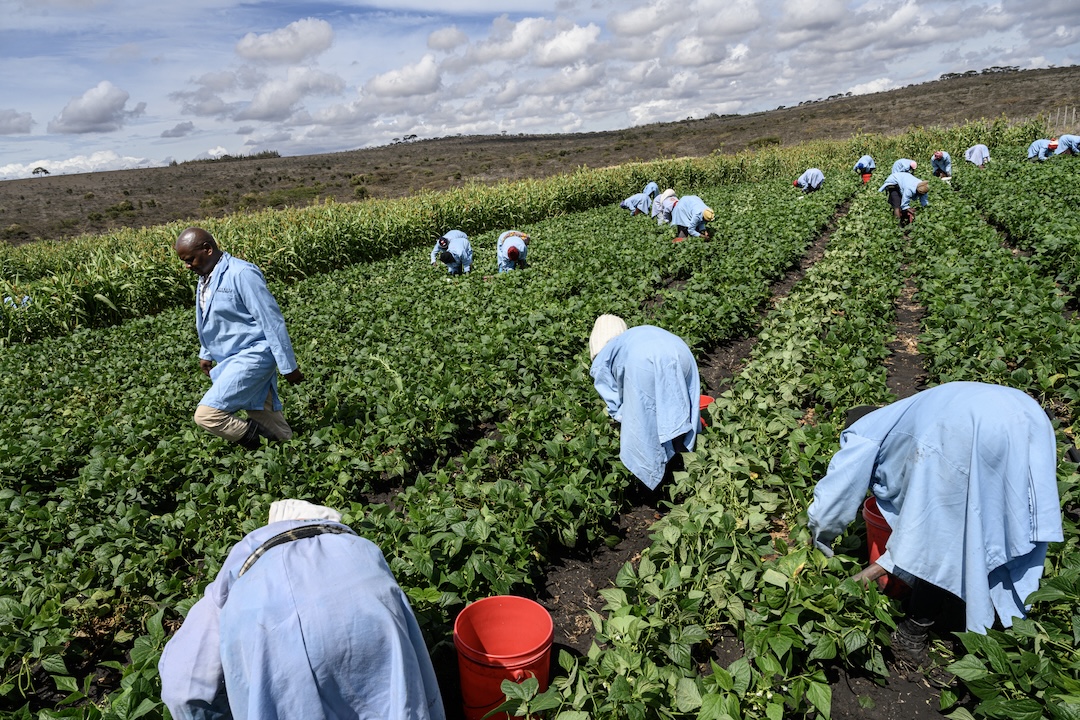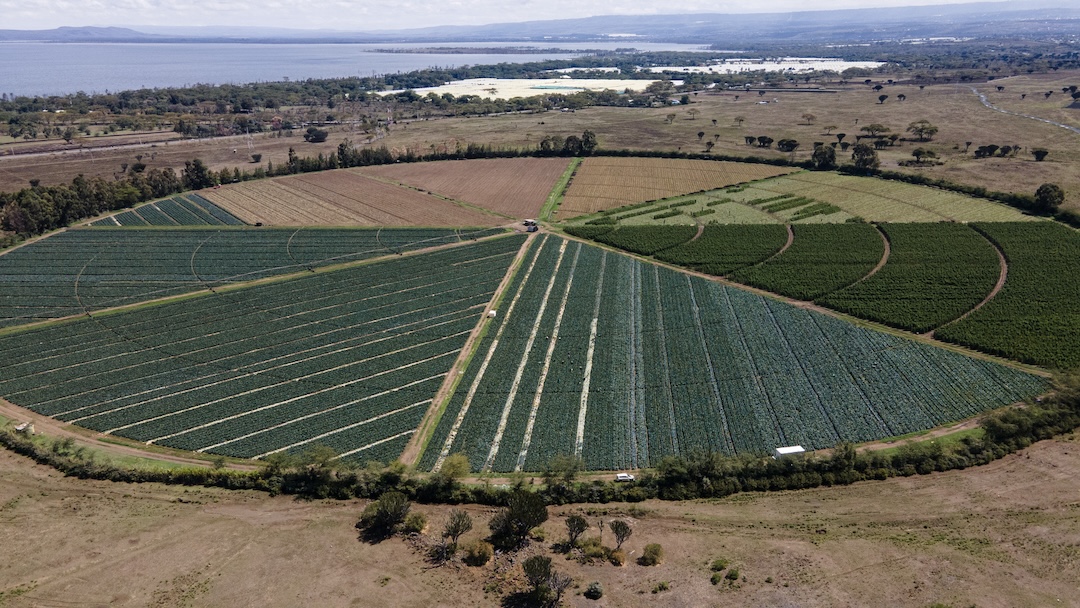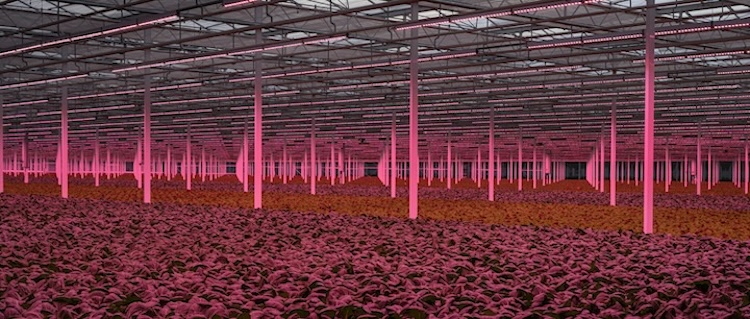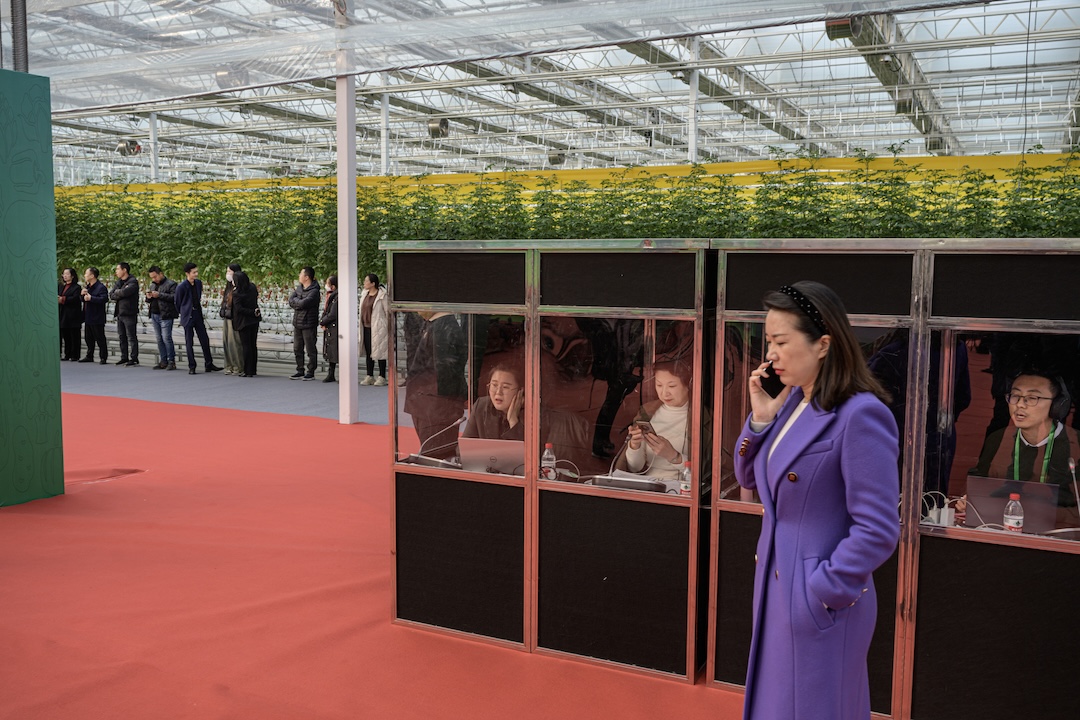© Kadir van Lohuizen, 2023. Green beans are being harvested for export. Interveg produces mainly green beans, five tons per week, mainly for the Dutch market
Curious about where our food actually comes from, Kadir van Lohuizen went on a journey of discovery that took him round the globe – at a pivotal moment in agricultural evolution
“I had the somewhat naive idea that we, as consumers, have the right to know how our food is produced,” Kadir van Lohuizen tells me from his houseboat in Amsterdam. As we speak, his exhibition Food for Thought is on show at the city’s National Maritime Museum, and has been extended until 05 January 2025. It is not a typical venue for photography exhibitions, but it is the perfect context for this work. The museum aims to illustrate how the maritime industry connects different parts of the world; through his extensive project, Van Lohuizen shows that food is a major commodity stream, often via maritime transport. And the spectacular photographs and collected data combine into a mind-boggling exhibition and book.
As with all of his work, Food for Thought initially started with Van Lohuizen’s own curiosity. Recently turning 60, he realised we are becoming increasingly disconnected from what we eat. “In the past, we were more aware,” he says. “I grew up with seasonal vegetables. My mother took me to the butcher, he would take half a cow out of the chiller and slice off a cut of meat. I was much more conscious of where the food on my plate came from.”
As is also often the case for Van Lohuizen, the series evolved from earlier work. “In Wasteland, a previous project on global waste management in six megacities in the world [Jakarta, Tokyo, Lagos, New York, São Paulo and Amsterdam], I observed that we throw away a lot of food,” he explains. “But seeing firsthand just how much is discarded is truly shocking. And my last major project, Where Will We Go?, was about the effects of rising sea levels. Visiting islands and coastal areas in Kiribati, Fiji, Papua New Guinea, Bangladesh, Panama, United Kingdom and United States, I witnessed more frequent floods, which cause land salinisation, which makes it increasingly difficult to grow crops. Nowadays, the same problem exists in the Netherlands, so the food security my generation grew up with is no longer certain.”
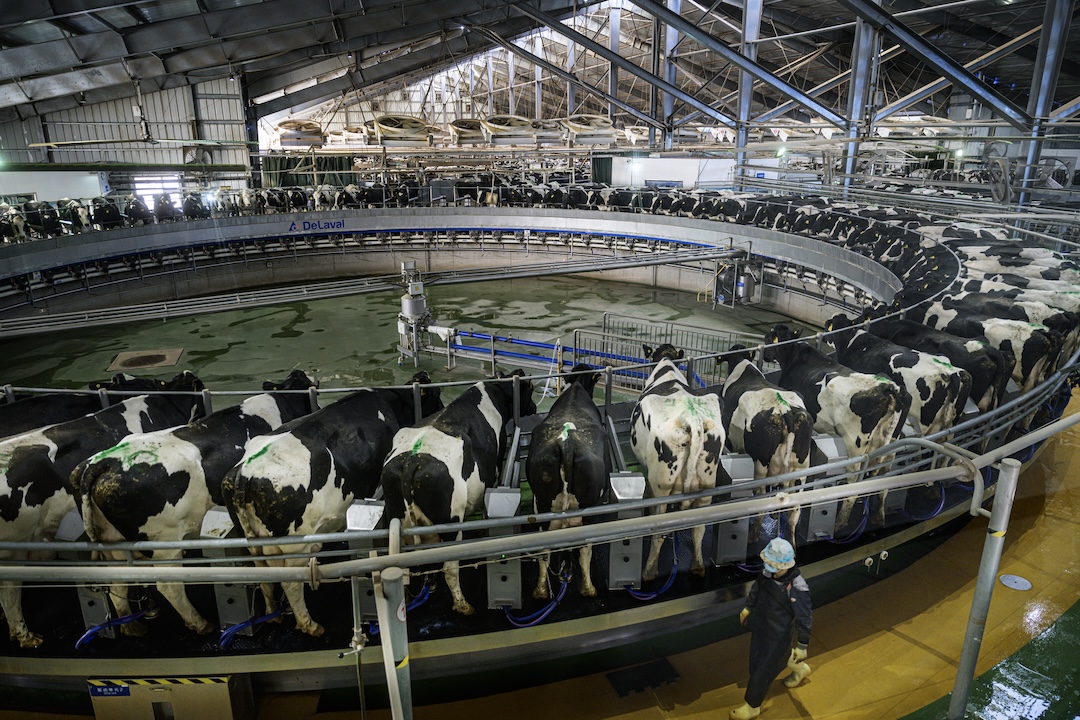
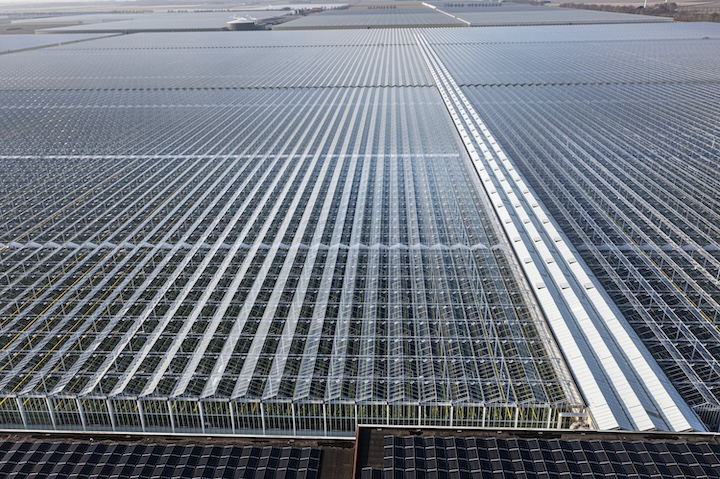
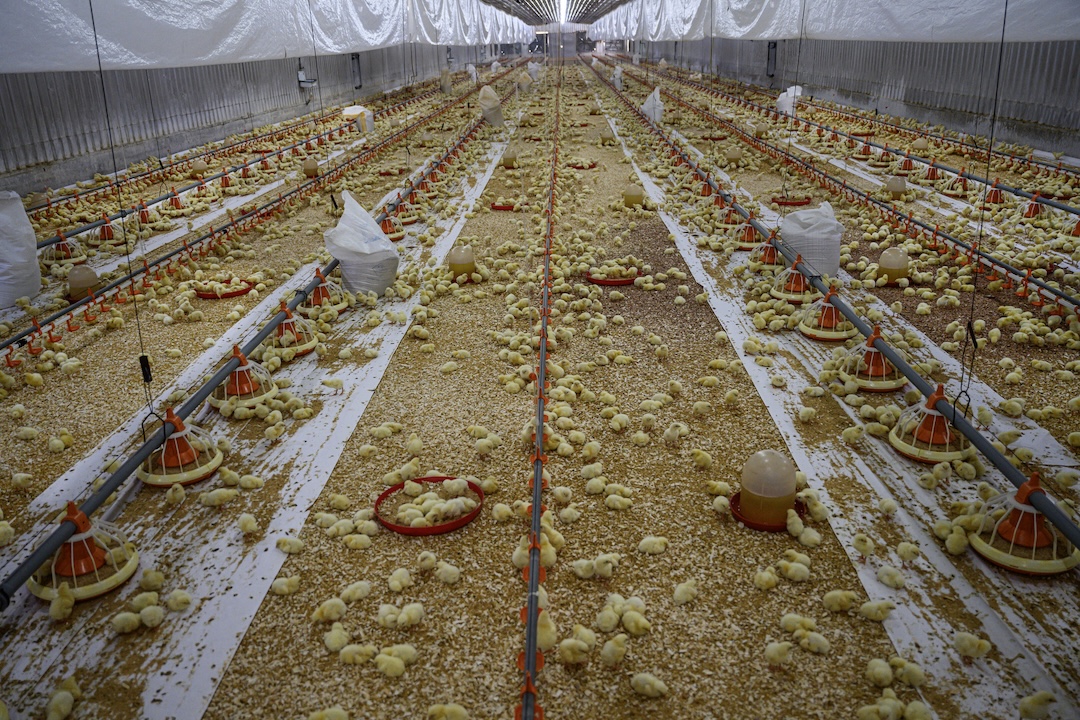

“The realities of our food production are not on a par with what marketing departments in the industry make us believe that it looks like”
Food for Thought was always conceived of as a global project, and eventually took Van Lohuizen to the United States, Kenya, China, Saudi Arabia and United Arab Emirates over the course of three years. But initially Covid-19 restrictions meant he had to work on it in the Netherlands. “It ended up being one of the few positive aspects of the pandemic,” he says. “A blessing in disguise, it forced me to stay in the Dutch food landscape for a long time.”
He learned that the Netherlands is the second largest exporter of food after the United States, despite being a fraction of its size. Van Lohuizen says this figure is somewhat misleading because it includes transhipment involving Amsterdam’s Schiphol airport as well as the ports of Rotterdam and Amsterdam. “A lot comes in and then goes on to the European hinterland,” he says. “But it’s still incredible what volumes are produced here.”
But though he started at home, the project was difficult to shoot at first. Farmers in the Netherlands have been protesting about stricter regulations since 2019, and say recent plans to reduce nitrogen emissions by 50 per cent have exacerbated their plight. “The farmers’ protests increased, and highways were blocked,” Van Lohuizen recalls. “There was a lot of distrust from companies and farmers when I approached them. Covid provided an additional excuse not to let an outsider in – sometimes it was merely an excuse, but it was hard to argue with. It was much easier for them to refuse entry. So it took a very long time – at times it was really discouraging.”
Van Lohuizen persisted, requesting personal meetings to explain his intentions; ultimately he won the farmers’ trust and gained access because he could persuade them he was not building a polemic. He just wanted to show the public a picture of contemporary farming then leave them to make up their own minds. “The realities of our food production are not on a par with what marketing departments in the industry make us believe that it looks like,” he observes. “The chickens on the egg cartons are still roaming freely in the grass.”
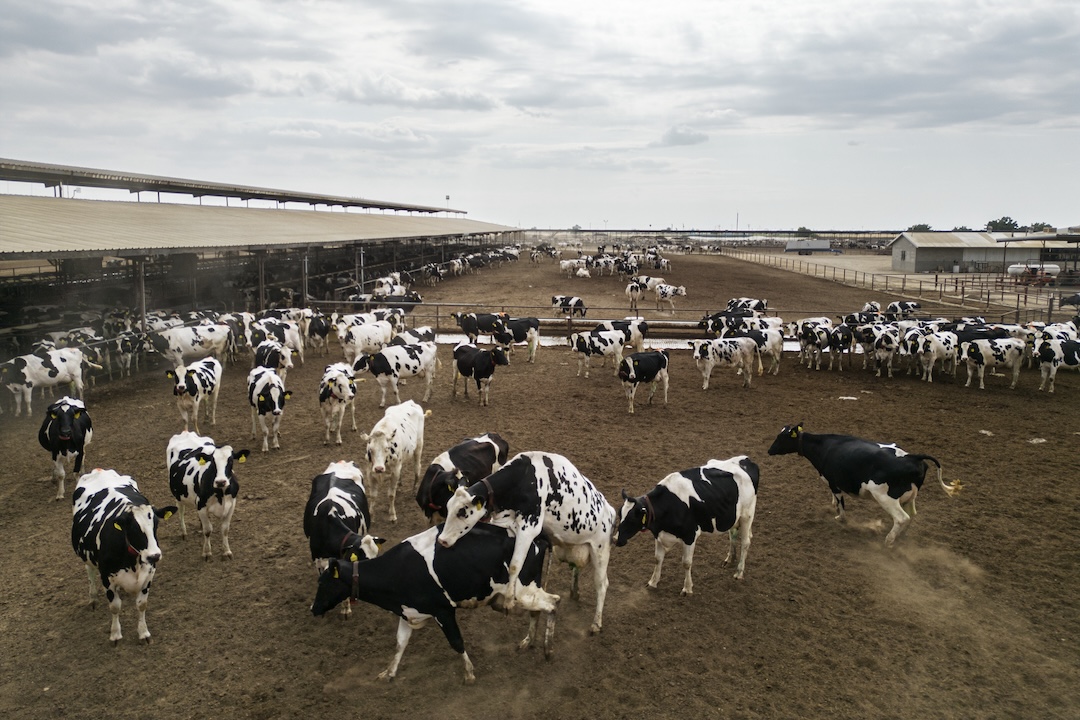
In doing so, Van Lohuizen gained more understanding of the farmers’ predicament. “For years they were told to scale up and grow, receiving subsidies from Europe, but then they were caught in European regulations,” he explains. “Now they suddenly have to scale down again.”
In this unrest, the Dutch farmers are not alone, with farms also increasing in size in the US. The world’s largest agricultural exporter, and one of the leading meat producers, it has increased efficiency and upscaling in the last few decades, creating a boom in productivity. “Our businesses have to get bigger and bigger to feed the world’s population,” an American farmer says in a Dutch television series Van Lohuizen also shot, which accompanies the exhibition and book. “I think it’s going to continue that way. We’ve become more efficient at it and better at it.”
Van Lohuizen uses drones to show the sheer scale involved, photographing vast lands in which 250,000 cows and calves are reared. Smaller farms struggle to compete. Tyler Ribeiro, a fourth-generation Portuguese immigrant, tells Van Lohuizen that there probably will not be a fifth generation running his family dairy because Californian regulations weigh too heavily on farms. “We’re going to see the same number of cows as we do now,” he says, “just managed by fewer places.”
Van Lohuizen notes in his book that, if all the migrants in the US left overnight, the country would come to a standstill. Labour migration is inextricably linked to the global food economy. In Al-Mallouhi Agriculture in Saudi Arabia, where tomatoes are grown, the workers are from Bangladesh, Nepal and elsewhere. “In the Netherlands, almost all workers are Eastern European,” the photographer says. “When I visited abattoirs, distribution centres or greenhouses, I never spoke Dutch. Only when I talked to the management.”

Things are quite different in China, where Van Lohuizen followed Cui Honglei, a young producer in Shouguang, the largest vegetable production base in the country. Young people are attracted to farming there because they can earn more than in factory jobs. “As a vegetable grower, your income is much higher than in wage employment,” Honglei explains in the TV series, while his working days are documented in the book. He now owns three greenhouses but hopes to expand, to hire labourers, reduce pressure and continue to make good money.
All of this is happening at President Xi Jinping’s behest, as China rapidly seeks to reduce its dependence on food imports, and focuses on food security. It is investing in research and development to help it do so, often drawing on Dutch expertise. Automation is key, with automatic cars and drones delivering food already a familiar sight in Chinese cities, and now the hope is to apply that on the farms. The country is working to find ways to grow crops that can be harvested mechanically, and constantly testing new technology. Within five years they hope to have fully automated super greenhouses, which are not dependent on weather, energy or location.
On the plus side, these greenhouses will also be more sustainable – and similar moves are being made in the US. Paul Sellew’s Little Leaf Farms aims to bring food production back to the outskirts of cities, for example, by using greenhouses in which plants move through automatically. It will be interesting to see how matters evolve, because for a while vertical farms were being touted as the approach. Van Lohuizen writes about projects in the US in which crops were grown in tiers on a small plot of land “ideally in or on urban peripheries”. He visited three, but two have since closed down due to the high investment required and rapidly rising energy prices.
He describes them as the playthings of venture investors, who were looking for a quick return rather than a sustainable future. “It’s also an industry dominated by tech people rather than those with an agricultural background,” he says, wondering aloud if traditional greenhouses are not the best option after all. The large-scale, high-tech food companies presented in Van Lohuizen’s photographs have a clinical feel, run by engineers dressed like lab workers. The old connection with the earth seems lost.
Meanwhile in Kenya crops are grown by farmworkers – but the bok choy, green beans, sugar snap peas and baby corn are not even on the menu for locals. This country is ‘Europe’s Vegetable Garden’, Van Lohuizen explains in his book, adding: “The vegetables are taken straight from the field to the airport in Nairobi, where in enormous halls they are cut, washed and packed. Mangos are peeled and sliced here too. The familiar tub of mango slices we buy in the supermarket costs about as much as the average Kenyan worker’s daily wage.”
These low wages – typically €2 to €3 per day – combined with an ideal climate, mean Kenya can produce up to four harvests a year, but the food is mostly exported. Something eerily similar happened with Nile perch, the popular fish introduced to Lake Victoria that ate all the indigenous fish. The once-local tilapia is now imported from China.
The United Arab Emirates has interests in Africa too, but in its case in agricultural investments rather than a source of food. “Africa will become the world’s food basket, because only 7 per cent of its farmland is currently used,” Dr Ahmed Eltigani Elmansouri, CEO of the Al Rawabi Dairy Company, tells Van Lohuizen in the TV series. “The water is not polluted, the labour force is cheap, and the soil is very fertile. But we have to do it wisely this time, to avoid the mistakes made in developed countries, where the soil and water were polluted.” Company manager Mohamed Manza puts it more bluntly. “Europe is old news,” he says. “Europe is finished. The future for human food and animal feed lies in Africa.”
Food for Thought is on show at National Maritime Museum, Amsterdam, until 05 January 2025. The book Food for Thought is published by Lannoo.

